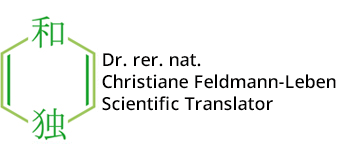Materials Chemistry Conference in Birmingham
It has been time for the Material Chemistry (MC) Conference again, the 14th of this name. Birmingham’s Aston University hosted the event this July.
Material Chemistry is a broad field. It spans from energy device materials to polymers, from biological applications to purely theoretical ones. Apart from plenary talks, there were four parallel sessions and it was not always easy for me to decide which might be of interest for me.
Clearly, the “In” material at the moment is perovskite. Perovskite is a long known mineral (discovered 1839) containing the elements Barium, titanium and oxygen in a certain ordering. All these elements can be substituted, and if the ratios are maintained, you obtain materials with the same structure but with a surprising range of properties. For example, they can be used as capacitors, superconductors, in LEDs and very recently in post-silicon solar cell technologies.
One very fascinating talk concerned debonding. That is to invent an adhesive which breaks up by some trigger, chemical or other, and releases the parts bonded together by this adhesive. Imagine a smartphone assembled with this adhesive. After it has reached its life’s end, you just use this trigger and the whole thing falls apart. You can easily separate the different building units and recycle them more easily.
One of my main interests – at least right now – is medical applications. One subject here is hydrogels, which are networks of hydrophilic polymers. They can be used for drug delivery or tissue engineering. Another emerging subject is 3D printing of implants and so on. You can print substitutes for cartilage, teeth or bones. But you can also use biologically degradable materials which are inserted into some wound and favour healing. They are “anchor points” for biological materials that grow along the implant and eventually close the wound while the original implant is degraded. The ideas even go father: Printing whole organs, for example a heart. The printing technology is pretty far advanced, but the materials for medical applications still need development – and approval of the FDA and other regulatory authorities of course.
Another issue is energy, of course. Although lithium ion batteries are state of the art nowadays, there are still a lot of questions to be answered and problems to be solved. One talk concerned a study of electrode manufacturing for LIBs. The manufacturing of LIBs is a long process and one step is a formation process that takes several weeks! The research group studied the different steps and tried to curtail the whole process. But although they showed some fascinating ideas, these are far from being implemented in current processes. What a pity.
There were a lot of other subject matters and I certainly missed some interesting ones. But all in all in I learned quite a lot and it was an inspiring event showing that Chemistry is at the centre for solving many of the problems the world faces today.
